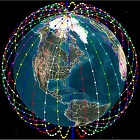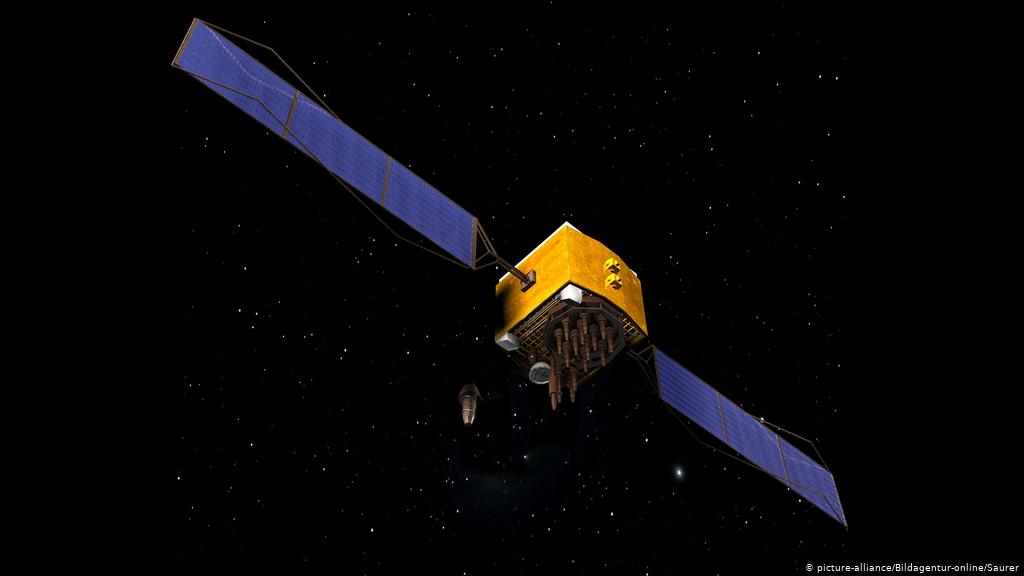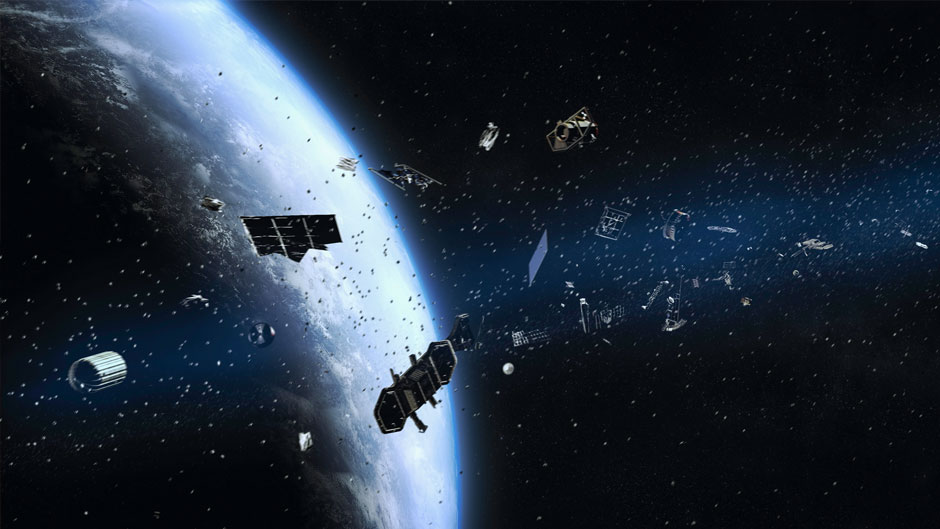Satellite Mega-Constellations
What it is
Many companies, like SpaceX and OneWeb, are starting to launch small satellites into space.
They are trying to create a "costellation of satellites" or a bunch of satellites in a row,
covering the earth. These companies are trying to solve a world-wide problem, which is to give
people access to the internet. Many countries in the world don't have access to the internet,
so the goal of the satellite-mega constellation is to beam broadband connection to termials where
anyone near the termial will get access to the internet. Slowly, companies are sending small satellites
into Earth's orbit and soon the satellite mega-constellation will be developed.
How it's Feasible
This idea of sending many satellites into space is a feasible idea.
These companies are learning how to create small, compact satellites,
capible of transmitting broadband connections. Also, they can launch them
cheaply compared to before. Before, it costs around $24,800 per pound to send a small
satellite into space. Small communication satellites used to cost around $200 million
to send to space. Now, satellites weigh a lot less, around 500 pounds, and $1,240 per pound to
send to space. Also, building these satellites are a lot more cheaper because of resuable material
and cheaper manufacturing. These companies are sending around 50-70 satellites per launch.
Downsides
There are the downsides of this idea as well as its benefits. These downsides include
space debris, problem for astronomy research, etc. Increase in space debris is a possibility from
the satellite mega-constellation. If the satellites get damaged by collision or something else, there is going
to be space debris. This can make space exploration extremely hard and cleaning it up is going
to be hard as well. This could strike a problem for astronomy research and it could also be dangerous because the debris could fly back to earth.
Another downside of the satellite mega-constellation is that it is going to cause problems in astronomy research.
The satellites are going to be in rows covering the earth, so there are going to be areas in the sky where
the satellites are going to be block vision. The first batch of satellites were bright, so they were visible
in the night sky.
.


